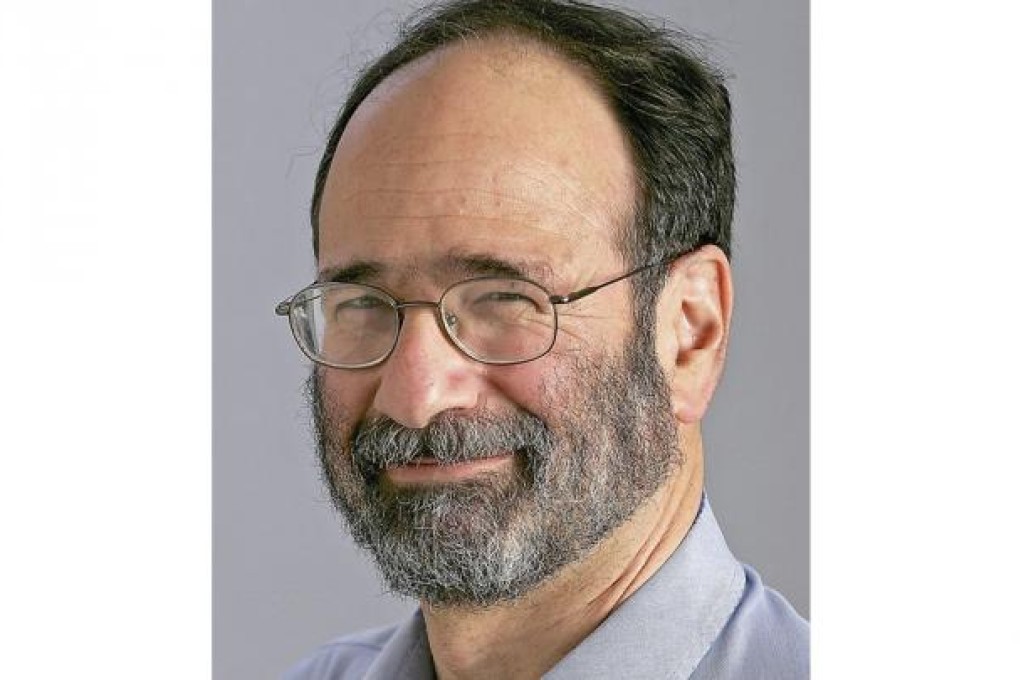Nobel-winning economists' theory applied to finding a mate
Economic theory matches men and women to stable partners using list-based game


The dismal science is often accused of favouring abstract mathematical theories with little real-life relevance. But the work of Alvin Roth of Harvard University and Lloyd Shapley of the University of California in Los Angeles, though highly mathematical, are very practical.
Roth and Shapley's theory involves figuring out how to find the right match between people and organisations. It falls under "the theory of stable allocation and the practice of market design", which gives practical solutions to problems we face.
Here is a common allocation issue - how to match students to schools, medical doctors to hospitals, donors of organs with patients in need of a transplant, a group of men and women trying to get married. What is the most efficient way to find the best match? Which methods are beneficial to which groups?
The two scholars have answered these questions. The theory of stable allocations, pioneered by Shapley, was applied by Roth to design market institutions that are stable, efficient and fair to their participants, in what the Royal Swedish Academy of Sciences called "an outstanding example of economic engineering" which ushers in the field of experimental economics.
Shapley used game theory to study various methods that would produce stable matching pairs. Known as the "stable marriage problem", it can be described as a situation where each man in a group of men lists - in order of priority - who he would like to marry among a group of women. At the same time, each female in the women's group lists her preferences among the men.
